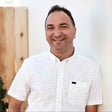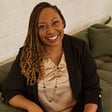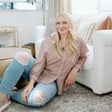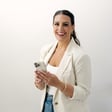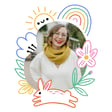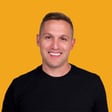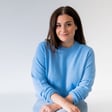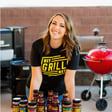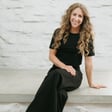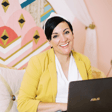
Episode 017: Vanessa Kynes - How to Use Pinterest to Increase Brand Visibility and Website Traffic
Vanessa is a Pinterest Marketing Strategist for creative small businesses. Using YouTube and her blog, she helps creative small businesses blossom by creating traffic-generating Pinterest strategies to increase their visibility. Juggling the demands of her own budding business with those of family and home, she specializes in efficient productivity, making the most out of every moment, and every pin! Hailing originally from the great state of Texas, she has lived in two foreign countries and enjoys traveling with her three sweet daughters and memory-seeking husband while residing in the Pacific Northwest.
The highlights:
02:10 How Vanessa became a Pinterest Marketing Strategist
06:27 The biggest benefit when people use Pinterest correctly
09:46 Advantages of Pinterest and opportunity in Pinterest versus Instagram, Google, etc.
15:23 The Pinterest Smart Feed
16:41 What to put in your Pinterest Business Profile
17:22 The three most common mistakes people make on Pinterest / Best image ratio for Pinterest
18:53 An easy-to-implement tip to get people to click-through on Pinterest to your website.
20:51 Finding the right keywords on Pinterest
26:57 How consistency leads to more visibility (and a tool to help)
31:16 Pinterest Strategies for 2018
34:45 Do followers matter on Pinterest?
37:00 Creating multiple pins for the same post.
38:41 What kind Pins work for Vanessa.
40:40 Where to use keywords besides pin-descriptions (and how many keywords to use)
44:00 What are some ways to make a website Pinterest Marketing friendly?
46:03 Tips specifically for wedding photographers.
49:53 Creating a Tailwind Tribe
For the show notes, go to https://daveyandkrista.com/btb-vanessa-kynes-episode-17/
